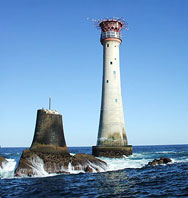Lighthouse with Boat
Special thank you to Stacy Purcell and her mother for bringing this needle case to our attention.
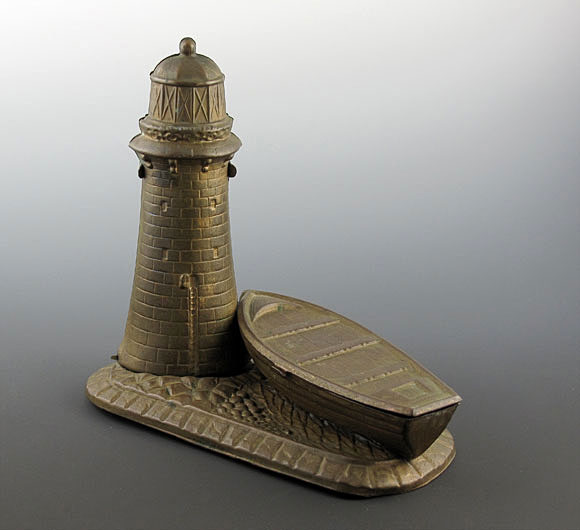
Needle Case
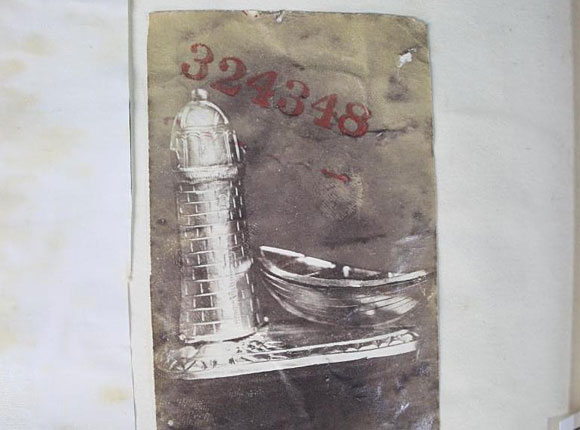
Design Representation
Design Details
Needle Case Type: |
Figural (not listed on the design registration as a needle case) |
Patent/Registered to: |
W. Avery & Son - Birmingham
Note: Avery's address is listed as 19 Hall Street in Birmingham which is the same address as J. M Farnol. |
Patent/Design Representation #: |
Ornamental Class 1: Metal: #324348 |
Patent/Design Registration Date: |
July 31, 1878 |
Location of Patent/Design Registration: |
The National Archives (TNA) - Kew, UK |
Reference #:
|
TNA Representation - BT 43/44/324348
TNA Register - BT 44/4/324348 |
Dimensions: |
9.6 x 4.6 x 9 |
Material: |
Brass |
Name Variations: |
W. Avery & Son - Redditch |
Other Variations: |
None |
Note: There is no reference on this design registration to indicate what type of item it is. It is assumed to be a needle case
because W. Avery & Son only registered needle cases during this time period.
Additional Photographs
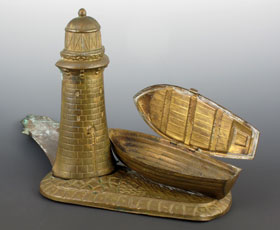
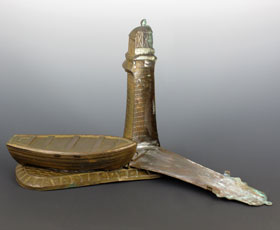
Front with boat opened and back with lighthouse opened
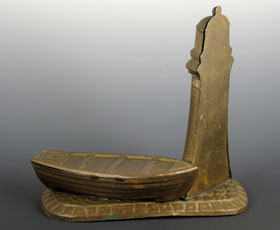
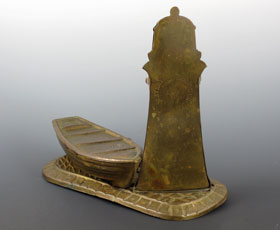
Back views
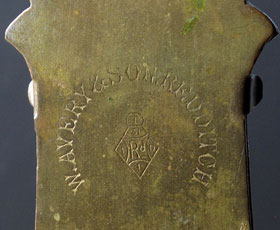
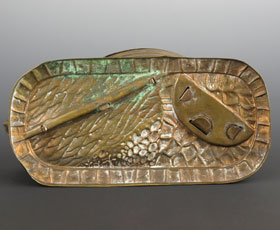
Back diamond registation mark detail and bottom detail
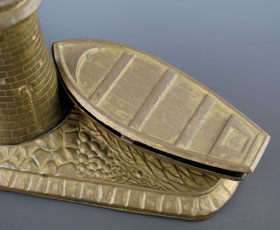
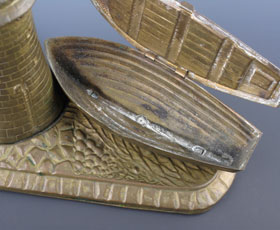
Boat closed and boat opened
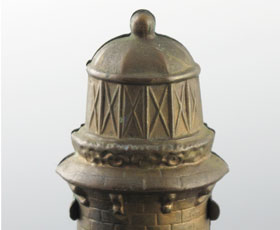
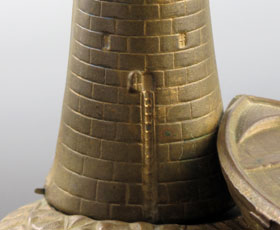
Detail of lighthouse lantern and lighthouse base showing ladder, door and windows
Facts
Smeaton’s Tower is one of the best known landmarks on the southwest coast of England. Designed by a leading civil engineer, John Smeaton, it was constructed of granite blocks and Portland stone in the shape of an oak tree. Completed in 1759 at a cost of £40,000
it was the third lighthouse built on the Eddystone Reef and was renowned for its technical advances. However, by 1877, erosion of the rock
supporting the base lead to it being dismantled and re-erected in 1884 on the cliffs overlooking the port of Plymouth. Today it is a
major tourist attraction in the area.
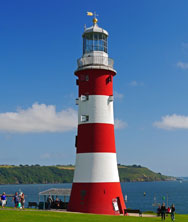
History
The original Eddystone Lighthouse was built in 1696 on a seaswept reef, known as Eddystone Rocks, located about 12 miles off the coast near
the port of Plymouth in Devonshire. The reef was considered a significant hazard for ships sailing to Plymouth, the city where in 1620 the
Pilgrims sailed to the New World to establish the Plymouth Colony. Four lighthouses were built on this spot. The first, a wooden
structure, was destroyed by a storm in 1703 and the second, built in 1709 of wood with a brick core, burned down in 1755 when the top lantern
caught fire. The third was known as Smeaton’s Tower. In 1882 a fourth lighthouse was built which survives to this day, although the
tower was replaced in the 20th century with a helipad to make it easier for maintenance crews to access the structure.
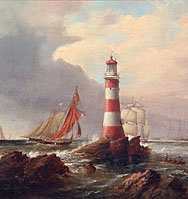
Gibbons 1864 painting of Smeaton's Tower
Miscellaneous
It seems likely that William Avery designed his Lighthouse with Boat needle case based on Smeaton’s Tower since Avery registered his design
within a year of the news that the lighthouse would be moved. Avery's design is not to scale as the boat is amost as long as the lighthouse
is tall. When Smeaton’s Tower was relocated, the Victorian engineers were forced to leave the base intact due to the strength of the
construction. Today, on a clear day, one can still see the ‘stump’ next to the current lighthouse on the Eddystone reef.
